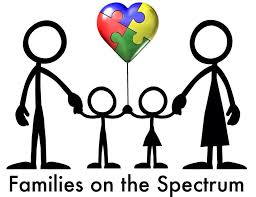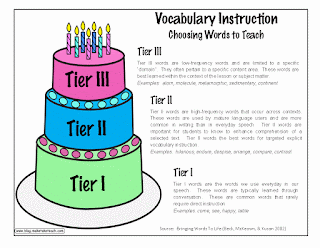Get Ready, Get Set, Chill!
Research shows that Teachers who spend time over the Holidays relaxing and enjoying themselves, come back to school better prepared to be effective. This is the scoop from <https://www.theguardian.com/teacher-network/2015/dec/17/teachers-relax-christmas-avoid-burnout>
A study of 90 teachers from across the UK by academics at City University, London, has found it’s critical for teachers stop working in the holidays to avoid burnout and exhaustion. Time off allows teachers to “restore their emotional energy,” the report states.
The research asked teachers to complete a survey at the end of eight weeks – capturing their feelings before, during and after the Christmas break in 2013. It found that teachers who continued to worry about work during their holidays were less likely to recover from the demands of the term, while those who satisfied their basic psychological needs (competence, autonomy and feeling connected to others) improved their mental health.
A senior lecturer in organiational psychology at City University, Dr Paul Flaxman, said: “Our work shows that breaks for teachers, especially at times like half-term and Christmas, are incredibly important ... Making sure that teachers have regular opportunities to recover from the considerable demands of the job will help to prevent burnout.”
The report also made recommendations for reducing stress levels, including practicing mindfulness.
But there’s a huge gap between knowing you should take a break, and implementing that practically. Here our community of teachers and health experts share their tips for switching off:
Even a few days can help
Stress piles up, just like the papers you need to grade seem to. Work breaks are crucial to re-setting the physiological response to stress, and may even have lasting effects on health and wellness. Dutch researchers investigating the effects of vacationing have seen that short vacations (4-5 days) can have just as positive effects on health and wellbeing as longer vacations (9 days). However, the afterglow of a tropical vacation will not last very long so frequent breaks throughout the year are recommended. And it’s crucial to keep work off your holiday schedule, otherwise you won’t be as likely to benefit from the health benefits.
Dr Claudia Aguirre is a neuroscientist.
Disable your email and play games instead
For me, it is all about family time, making sure that I disable the email function on my phone, play board games, watch rubbish TV and eat far too much chocolate. I also make sure I read books on my to-read list.
- Rebecca Goulds is a subject leader in English at an academy.
Distract yourself by getting active
It’s an obvious one but physical exercise is important. As well as being good for your waistline it helps you relax. Lots of teachers over the holidays also go for a massage and another good form of relaxation is laughter.
Some teachers find it really hard to relax, so the key is distraction. Find a way to distract your mind, by reading a book for example. Do anything to turn your thoughts away from school.
If you find yourself thinking of school when you don’t want to, visualise yourself in another location – on holiday or on a beach. The other thing that people often ignore is their breathing. They tend to think of breathing as an automated response, but when we get wound up or stressed we tend to breath from the chest. Our most relaxed breath comes from the diaphragm. Sometimes it’s just about being conscious of breathing and putting your hand on your tummy, imagining you have a balloon in there that’s rising and falling.
- James Hilton is a speaker, trainer and author specializing in resilience, stress management, leadership and positive psychology.
Amid all the festivities, find time for yourself
The hardest part about relaxing is the expectation that you should be relaxing. It then becomes a chore in itself, another task that you need to make time for. Remember, relaxing is not the same as doing nothing because this usually results in your mind stumbling across all the things you need to prepare for in January.
I have found two things help to put aside niggling worries. The first is accepting that there are things you have to do; be realistic and set aside a couple of hours to complete some small tasks. Finding a storybook you might like to read to your class can be quite an enjoyable task and give you a small sense of achievement.
You also need to set aside some time for you, which can be harder to achieve. Christmas can become a time for keeping other people happy. If you have children, agree with your partner (or with yourself) that after the kids are in bed you will watch that film you wanted to see, or go for a walk alone. This is not selfishness or being anti-social, it is vital self-reflection time.
- Joe White is an assistant headteacher at a special school.
Learn the art of mindfulness
I would recommend staying away from work, especially during the main holidays – even if it’s just for a few days. If you do have to work during the Christmas break contain it to a certain amount of time. For example, you might want to get stuff done first thing in the morning. Get it out of the way and then relax for the rest of the day.
Lastly, try to avoid talking about work. Teachers tend to socialise a lot with each other and that can mean you wind yourself up about work. Talking about other things is a smart move.
Gail Kinman is professor of occupational health psychology at the University of Bedfordshire.





















